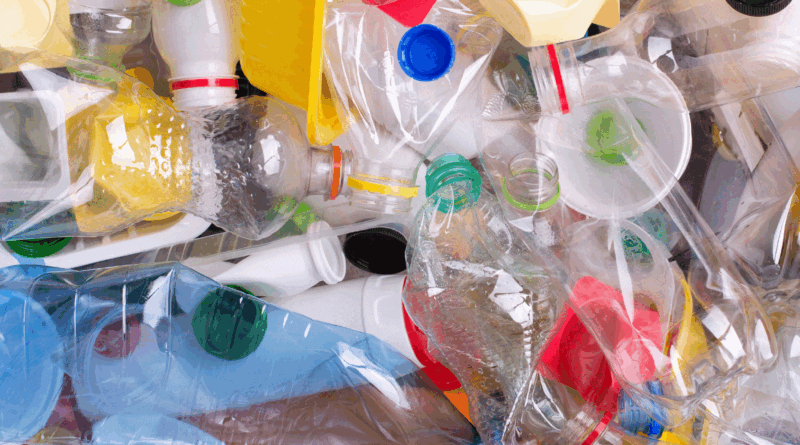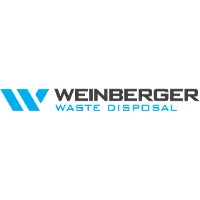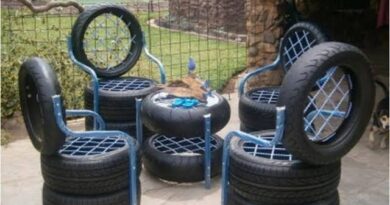How Waste Papers, Metals, Woods, Glasses, and Plastics are Recycled
Recycling waste materials like waste papers, metals, wood, glasses, and plastics can be beneficial. Although due to the different rules required for recycling in different places, we already know that it is not easy to put all these waste materials in the right bin, this is why today, we will be discussing the different ways how waste items like papers, metals, wood, glasses, and plastics can be recycled or reused.
When it comes to doing our best for the environment, reducing our consumption is our number one priority.
How Waste Papers, Metals, Woods, Glasses, and Plastics are Recycled
Now let’s look at how we can recycle each of these wastes below;
1. Papers
One major problem with recycling paper is that not all paper is the same. Office paper A4 is different and has high quality compared to the normal paper we use in washrooms.
The higher the quality of the paper waste, the better the quality of recycled products it can be used to make. So higher quality papers from the office can be used to make high-quality white paper.
But a combination of low-quality papers like newspapers, junk mail, and cardboards will only make a low-quality paper like newsprint.
Ways we can recycle our papers
1. Use it as mulch or compost: simply shred or tear the papers into small strips and place it around your plants. When you recycle your paper in this manner, it will help keep your soil moist and adds nutrients to it too.
2. You can also use your old newspaper to wipe your windows: do you want your windows to look super clean, then use a newspaper, it cleans better than any fiber clothing.
3. You can use it as packing material: you can wrap some of your items in a newspaper or use your papers to fill some gaps in your box when trying to pack things up.
4. Use the paper as a wrapping paper
5. Use it as a shelf liner: you can place the papers under your fridge or cars to help you absorb odors and keep things clean.
2. Metals
Most of the metal we throw away is gotten from our food and drink cans. Metals can be melted down and turned into a new type of can. Drinks cans are lighter and made of aluminum, which can be easily recycled.
Melting aluminum is very intensive and can cause environmental harm. Metals are very important and versatile, they can be used for industrial purposes, such as making trucks, cars, airplanes, railways, etc.
Process of recycling metals
1. Collection: the first thing you are expected to do, is to collect all the materials that are made of metals. There should be containers designed mainly to collect metals in this process.
2. Sorting: after the metals have been collected, you begin to separate the metals that can be recycled from the ones that cannot be recycled. There are metals made with high-quality materials while there are some that are not.
From the research, it has been noticed that the ones with high quality are easily recycled. It is best to note that while sorting, you must understand the different kinds of metals you are sorting out.
3. Processing: the next step is to compact and squeeze the metals. These metals are squeezed by a machine so that they do not occupy space.
4. Shredding: after the processing, the metals are pieced into tiny pieces for further processing. When they are broken into small pieces, it is easy for them to be melted. Steals are changed to steal blocks while aluminum is changed into sheets.
5. Melting and purification: melting of the metals are done in a large furnace. This process involves melting the metals in a furnace, which takes up a lot of energy, however, the energy required for melting the metals cannot be compared to the energy of making new metal.
6. Purification: after these metals have been melted, they are then purified, so they look completely new.
7. Solidifying of the metals: after being purified, the metals are kept in a chamber where they can be cooled or solidified. This is the stage whereby the metals are made of solid metals that can be used again. Other chemicals can then be added to it.
3. Woods
Recycling wood has been going on from the ancient past to date. Waste wood is often turned into new wooden products.
Waste wood can be shredded and put together strongly to make new wood. It can also be put together and burnt as fuel.
How to recycle woods
1. Pack the wood waste and add it up to your recycled waste.
2. Chop up the woods and turn them into mulch and add it to your garden. You can also break it and make an animal cage with it.
3. Repurpose the wood. You can fashion the wood into new furniture. Being creative is the limit to any broken furniture.
4. If you feel like you still have to have a lot of wood left, you can donate them to any of your local community or local high school’s woodshop.
4. Glasses
Glass is one of the materials that are very easy to recycle. Waste bottles and glass can be melted down and used again. You can put these glasses in a furnace with few materials you would need to make new glass.
Steps in recycling glasses
1. Dispose of this glass in a separate waste bin
2. Collect the disposed glass and inspect them, to know the ones that have been contaminated and the ones that can be recycled. Most there are brown and non-brown glasses, the brown glass are the glasses that are fit to be recycled.
3. Break the glasses (using a machine), it is important to add some water mist in it, to avoid the particles that cause airborne while breaking the glass.
4. The glasses are to be separated based on their length and given their separate size and tags. After this, the glass particles are placed in a drier before for further purification and melting process.
5. Plastics
Plastics require a lot to be recycled, plastic materials can’t be mixed for recycling but it’s still hard to put them apart based on how they look.
Plastics can destroy the whole process no matter how small it is.
• Separate your plastics from other waste.
• Clean them up.
• Cut them up, and select the parts that can be recycled.
• Heat it and bend it into a new shape or kind of plastic.
Plastics are not easily recycled but this does not mean that plastics can’t be recycled. Plastics should be marked with a code based on everything that it is made from, yet it is difficult to know their difference based on seeing or touching them.
Different plastics are recycled differently. Plastic bottles are mostly made of clear plastics called Polythene Terephthalate and can be turned into textile insulation.
Milk bottles are made from a thicker plastic called High-density Polythene, which can be recycled into a long-lasting products like flower pots and plastic pipes.
In summary, I strongly recommend that instead of filling your environment with trash, recycle them, and turn your trash into treasures.



